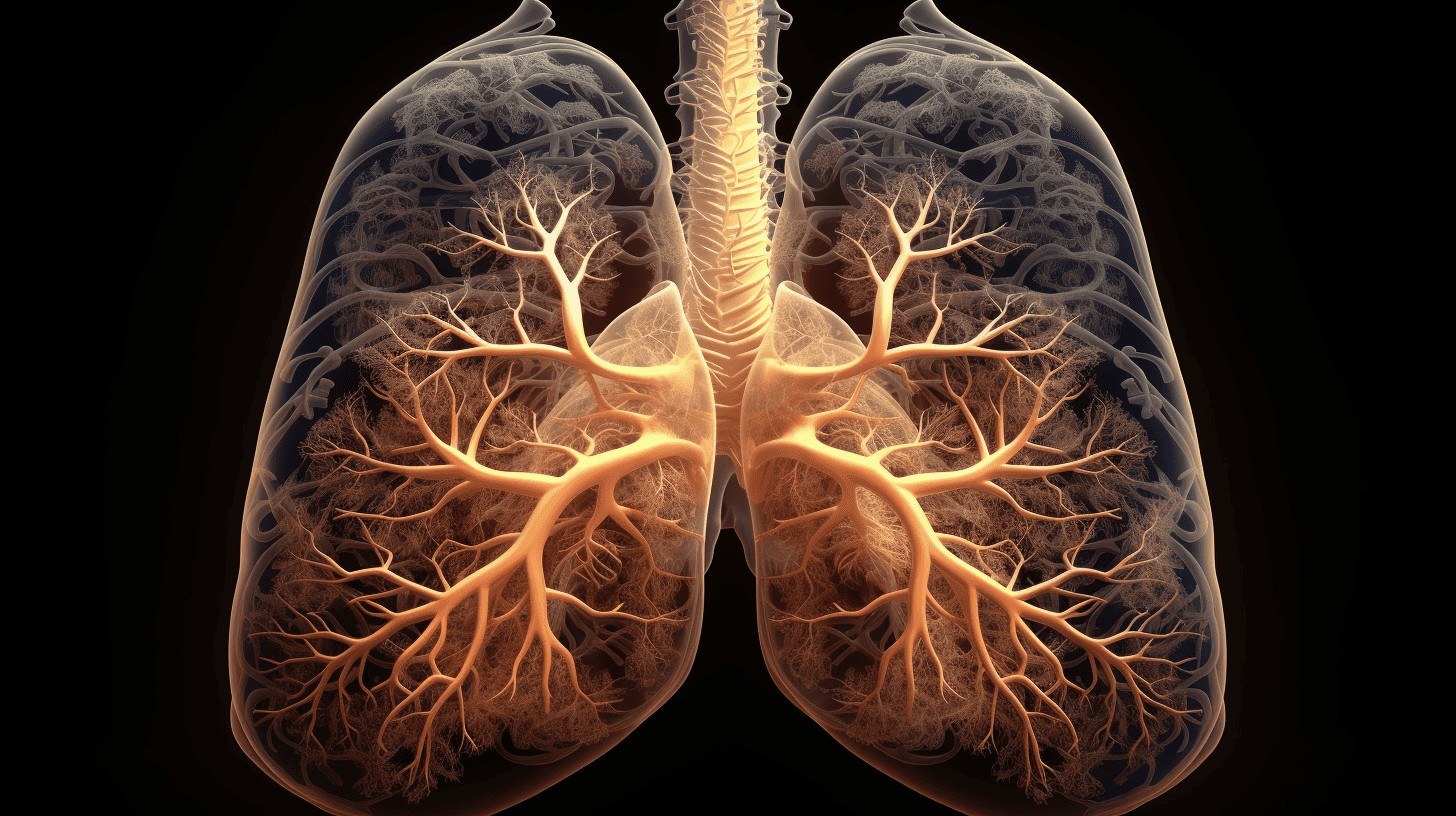
A measurement in saliva reflects the severity of recurrent respiratory infections in children much better than the standard blood measurement. A child will have more lung infections if the saliva contains too few broad protective antibodies. So write researchers from the Radboudumc Amalia Children’s Hospital and the UMC Utrecht Wilhelmina Children’s Hospital in the European Respiratory Journal. A saliva measurement thus provides valuable information for treatment and is also more pleasant for children.
About 10 to 15 percent of all children suffer from recurrent respiratory infections. When they come into the hospital, blood is drawn in search of antibodies, and underlying conditions or causes. But that rarely yields anything. “That is difficult for pediatricians because we want to help children,” says pediatric infectiologist/immunologist Lilly Verhagen of the Radboudumc. “We therefore investigated whether we could find out more about the severity of disease in another way. That would be very valuable for determining which children need more care, and when it makes sense to give antibiotics.”
Broad protection
Now a study of 100 children with recurrent respiratory infections shows that measurements in saliva indicate the severity of illness much better than measurements in blood. “As expected, we found no relationship between substances in blood and disease burden. But in saliva we saw very broad protective antibodies, which work against all kinds of different pathogens. Children who have fewer such antibodies do worse and get more serious infections. These substances are, therefore, a good indication of disease burden,” explains PhD student Mischa Koenen.
Everyone has these broad protective antibodies in the respiratory tract; the researchers also found them in brothers, sisters, and parents of sick children, as well as in healthy caregivers. A large amount of these is beneficial. In fact, these substances protect so broadly that in children’s saliva from before the corona pandemic, the researchers already found substances that could bind to the SARS-CoV-2 virus.
Bacteria
These broadly protective antibodies are hardly found in the blood. “And actually that makes perfect sense,” says Verhagen. “Because you breathe in all kinds of things all day long, including all kinds of pathogens, and therefore you need a wide range of immune substances in your airways. It’s very different in the blood: very few pathogens get into the bloodstream through the intestines or the respiratory tract. When that happens, your body needs a strong, targeted immune response much more.”
In addition to defenses, the researchers also looked at the balance between healthy and potentially pathogenic bacteria on the mucous membranes of the airways. In doing so, they saw that a particular type of bacteria on the mucous membrane in the nasopharynx is also strongly correlated with the severity of respiratory tract infections. This bacterium, called Haemophilus influenzae, can also live in healthy airways. However, children who have a lot of this bacteria on the mucous membranes of the respiratory tract are much more likely to be sick in winter. The bacterium has previously been associated with pneumonia.
Future
So the measurements in saliva and nasal mucosa are a huge help in diagnosing these children. Koenen: “This allows us to estimate how much care and medication we need to give children. And also which antibiotic because the current standard does not work against the bacterium Haemophilus influenzae. In addition, I expect that the initial blood draw will remain, but in follow-up appointments, a more child-friendly saliva and nose throat sample can be used to indicate the expected disease burden.”
Saliva measurement also offers insight into new treatments and therapy. For example, in healthy caregivers, researchers saw that the flu vaccine increases the amount of broadly protective antibodies in saliva. In addition, long-term researchers are looking to obtain these antibodies for use in future treatment of respiratory infections.

